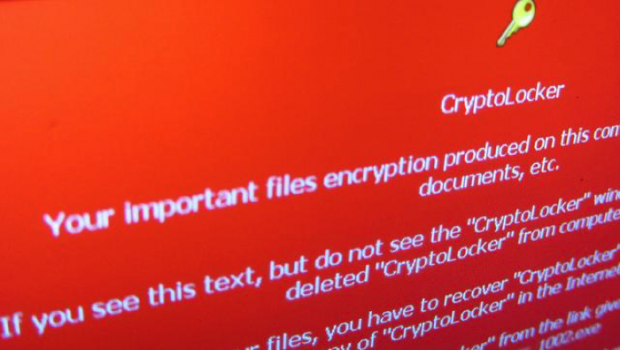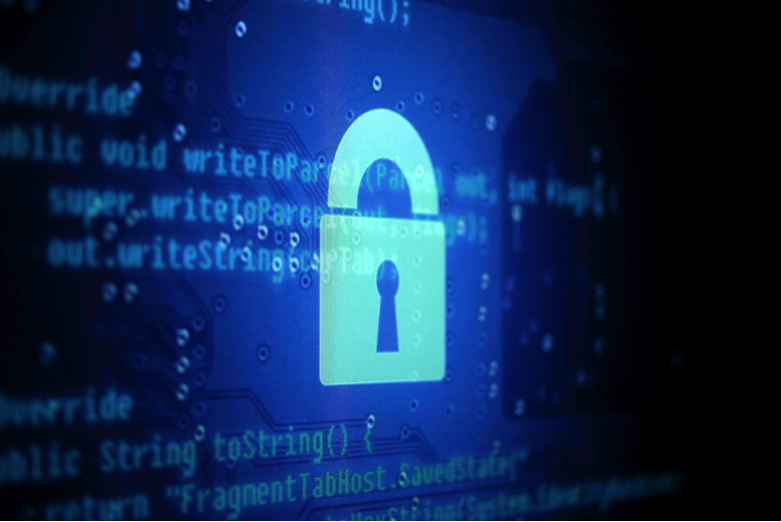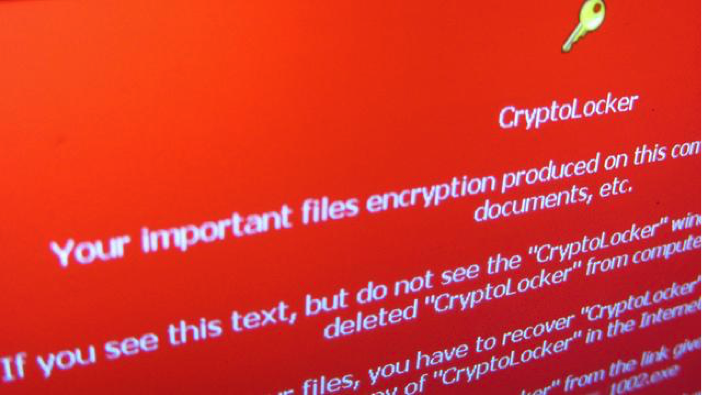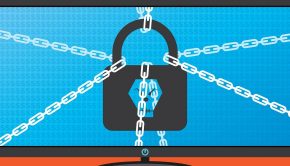The Growing Threat of Ransomware
According to Trend Micro, “Ransomware is a type of malware that prevents or limits users from accessing their system. This type of malware forces its victims to pay the ransom through certain online payment methods in order to grant access to their systems, or to get their data back.”
Image courtesy of Flickr user Yuri Samoilov.
To put pressure on the target, the ransomware generally imposes a deadline of 72 hours which, if exceeded, increases the ransom. If forced to meet their demands, a victim must rely on the good graces and honesty of the hacker in order to recover their system to its full capacity.
There are two primary tactics ransomware uses on a target’s system: Either they lock a system’s screen entirely, filling the background with instructions on how to pay up, or the malware locks files and programs on a system with the promise of unlocking them if the ransom is paid.
Generally speaking, the requested ransom amount isn’t significant enough for targets to invest time and money looking for an alternative solution. Instead, they will just pay the ransom in order to get back to business. Additionally, ransomware tends to be pretty airtight, and even the FBI is saying that if your system becomes subject to it, it’s best to pay up.
Ransomware creators appear to primarily be targeting small to medium-sized businesses. According to PC Pit Stop’s Tech Talk, “researchers have seen many emails that were crafted specifically for business users during recent ransomware-related spam campaigns. Some of the most common lures include resumes, customer orders, passport scans, as well as notifications from postal services, telecommunications companies, utilities and government bodies.”
Image courtesy of Flickr user Christiaan Colen.
However, individual consumers often fall prey to well-disguised traps in the form of files they download or seemingly authentic emails with links in them. For a great first-hand account of an individual’s struggle with ransomware, take a listen to Radiolab’s podcast on the subject.
It’s not just desktops or laptops, even mobile devices can be subject to ransomware. As reported in September of 2015, a ransomware virus known as “KeyRaider” compromised over 225,000 Apple IDS via jailbroken iPhones.
It’s been reported that, in 2013, there was a 23% increase in web-based attacks, costing an average of $11.6 million per cybercrime incident–so it’s important to be prepared. Backing up your files can lessen the devastation that Ransomware wreaks, as a full system wipe will emancipate your system of all malicious code. However some simple steps will help you avoid ever being the target in the first place:
- Be careful opening emails from unknown sources.
- Do not click embedded links in emails that are not from trusted and familiar sources.
- Don’t procrastinate when installing updates for software.
- Install Anti-virus software.

















